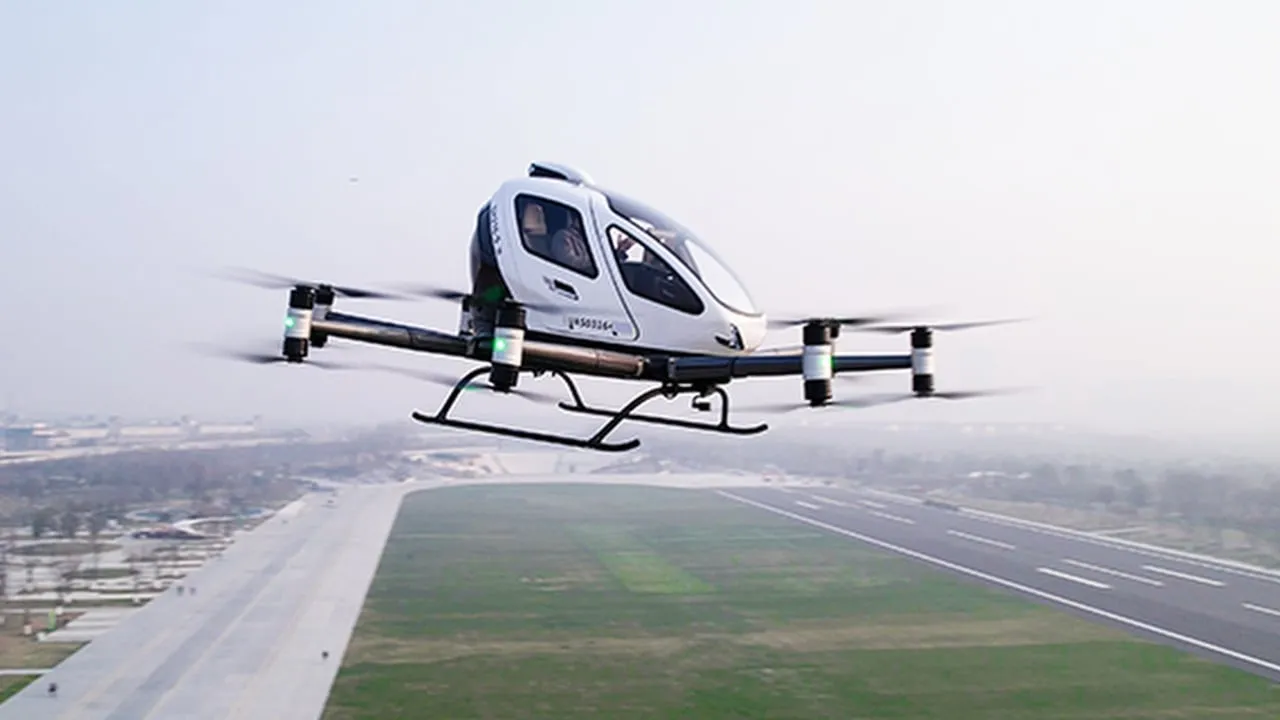Hong Kong's Strategic Approach to Drone and Flying Car Testing Amidst Low-Altitude Economy Growth

Hong Kong’s Focus on the Growing Low-Altitude Economy
Hong Kong’s Transport Minister has pledged to test out drone and flying car businesses in a step-by-step manner, aiming to boost the low-altitude economy. Experts are advocating for cross-departmental and cross-border discussions to facilitate this progress. As the low-altitude economy is projected to blossom into a multi-trillion market, understanding the regulatory framework becomes crucial.
Strategic Plans for Regulation and Integration
According to Secretary for Transport and Logistics Lam Sai-hung, the government is actively examining feasible trial programs. “We will run the trials step-by-step, from short-haul to long-haul, and from lightweight to heavy-weight,” said Lam. The DAB also recommends forming an interdepartmental panel to enhance intercity coordination within the Greater Bay Area.
Drone Operations and Market Potential
- Shenzhen emerges as a prominent technology hub for drone activity, leading nationwide trends.
- Projected market size for the low-altitude economy ranges from 3 trillion to 5 trillion yuan by 2025.
- Cross-border transport routes could significantly enhance urban connectivity.
Technological Challenges Ahead
However, experts like Harry Shum emphasize that the necessary technological advancements and regulatory frameworks are lagging. “We are still lacking effective tools to monitor and manage low-altitude aircraft,” he stated, highlighting the density of potential air traffic.
Hong Kong's Future in Low-Altitude Aviation
As discussions continue, the city's officials acknowledge the challenges posed by its urban density. Chief Executive John Lee has indicated that expanding commercial use of drones requires redefining legal limitations.
This article was prepared using information from open sources in accordance with the principles of Ethical Policy. The editorial team is not responsible for absolute accuracy, as it relies on data from the sources referenced.